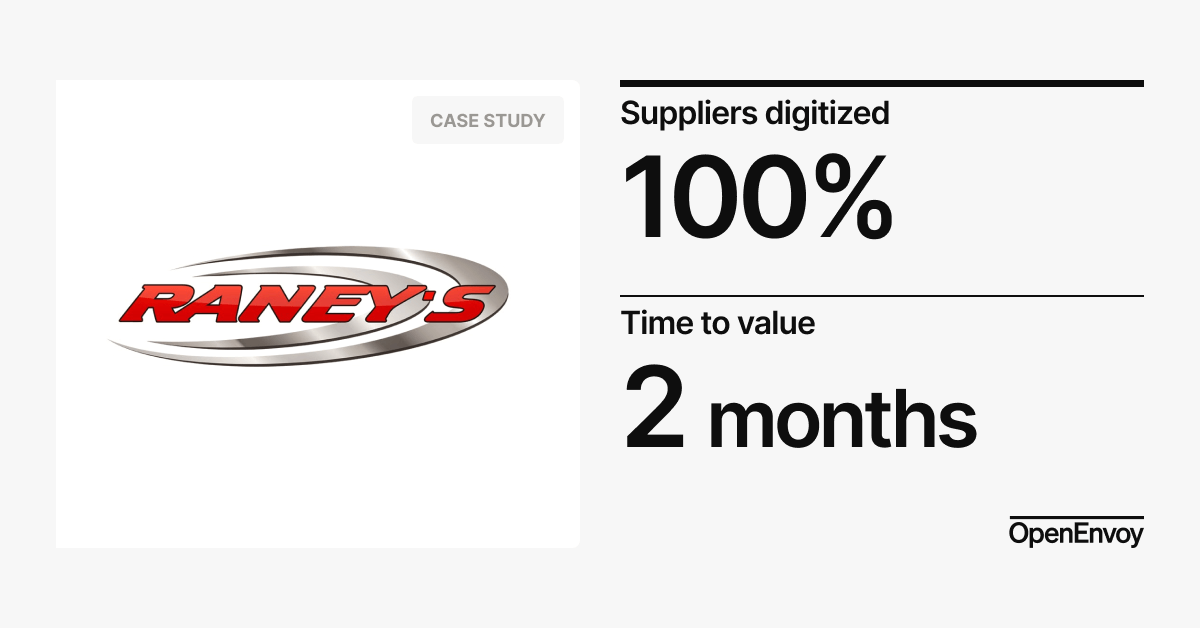< Back to E-Invoicing Overview
The United Kingdom has gradually adopted e-invoicing as part of its efforts to digitize financial transactions, reduce fraud, and improve tax compliance. While e-invoicing is not yet mandatory across all business sectors, the UK government has implemented policies encouraging its adoption, particularly for public sector transactions.
The UK’s e-invoicing framework aligns with European standards while incorporating elements unique to its independent tax system. The introduction of Making Tax Digital (MTD) has driven greater adoption of digital invoicing, with expectations for future mandates to expand its use.
Regulatory authority
His Majesty’s Revenue and Customs (HMRC) oversees e-invoicing regulations and digital tax compliance.
E-invoicing requirements
Since April 2020, all public sector suppliers must issue electronic invoices. B2B e-invoicing is currently voluntary but is widely adopted in industries that benefit from automation and cost savings.
Accepted invoice formats
Invoices must be issued in Peppol BIS or UBL XML format.
Transmission channels
Invoices must be submitted via Peppol or HMRC-certified digital accounting platforms.
Digital signatures
Digital signatures are not required but may be used for additional security.
Archiving requirements
Invoices must be archived for six years in compliance with UK financial regulations.
How B2B e-invoicing works in the United Kingdom
Businesses generate invoices in Peppol BIS or UBL XML format and submit them via Peppol-certified networks or HMRC-approved accounting software.
How B2G e-invoicing works in the United Kingdom
Invoices must be issued through Peppol or an HMRC-approved platform, validated by public entities, and archived for six years.


